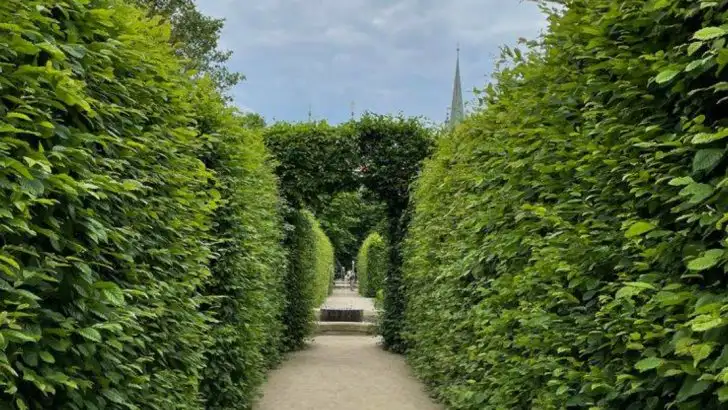Stop dressing your garden like it’s still 2010! Rock mulch deserts and razor-sharp hedges belong in your scrapbook. They drain joy, suck moisture, and bore butterflies into early retirement. Trade that all-gray zen pit for a riot of pollinator paradise. Swap pinched boxwood walls for waving grasses that hum with bees. Plant scarlet salvias and lemon-scented herbs where stiff succulents once ruled. Say goodbye to matchy-matchy patios and hello to edible flower meadows. Let kids tiptoe through zinnias instead of walking on gravel trenches. Invite hummingbirds with jewel-tone salvias and golden coreopsis. Your garden deserves a glow-up, not a rerun. Turn past mistakes into new adventures in color, scent, and life. Ready to break free from the same old patterns? Let’s grow something that feels like now.
Rock Gardens
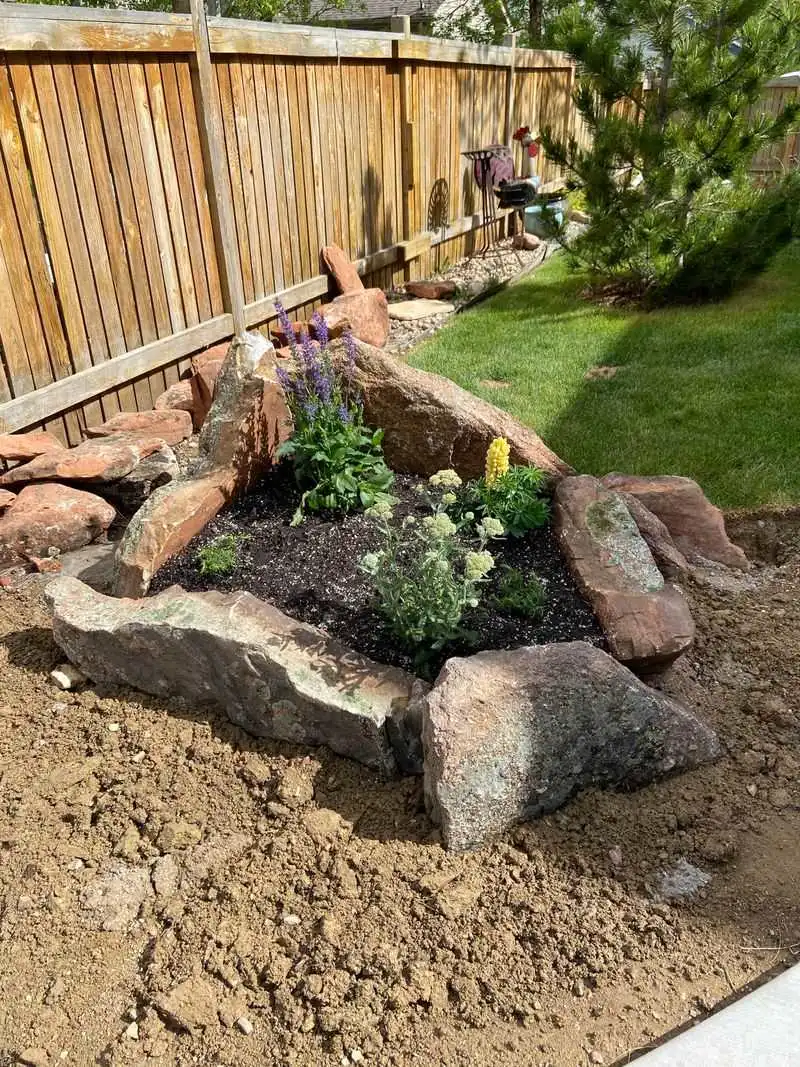
Rock gardens once symbolized low-maintenance elegance, but their starkness often lacks biodiversity. The rigid placement of stones doesn’t support the array of life a garden can offer. Instead, consider creating a native plant sanctuary. Using local flora supports pollinators and draws native wildlife.
Integrate a small water feature to add movement and sound, appealing to both humans and creatures alike. This shift from cold rock to lively greenery encourages ecological balance. It’s a change that reflects a deeper connection with nature and fosters a thriving ecosystem.
Offer your garden as a welcoming habitat, not just a decorative space.
Formal Hedge Mazes
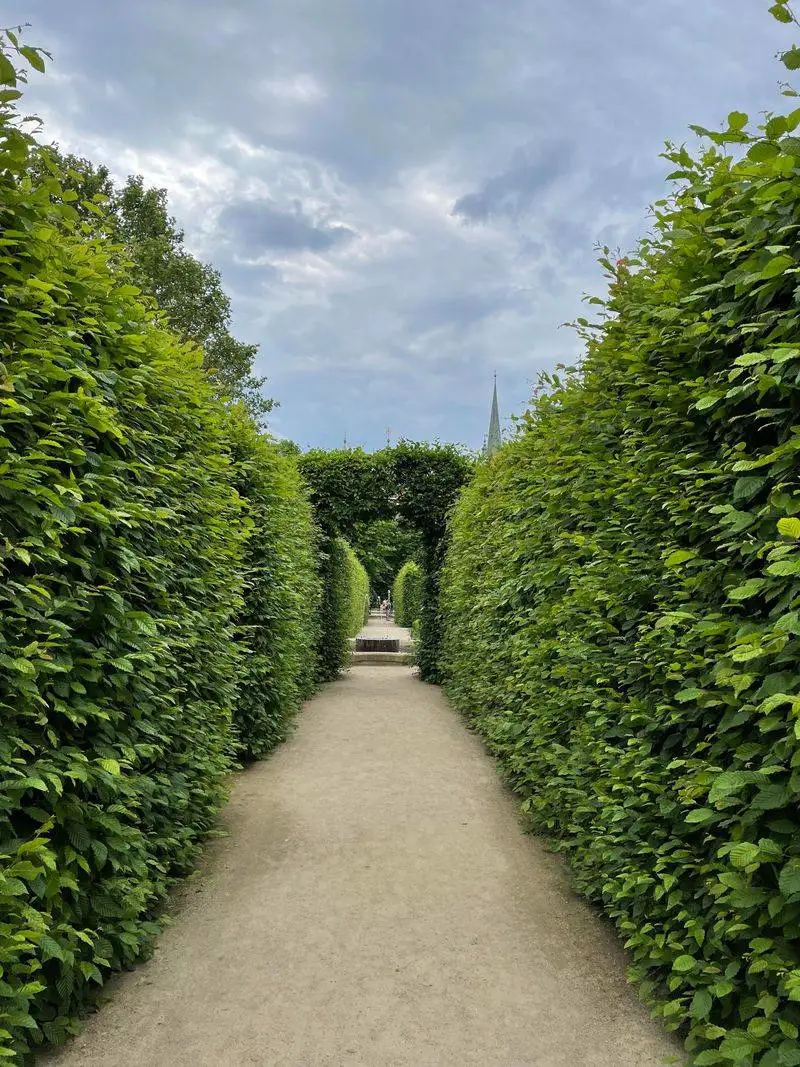
Formal hedge mazes are intriguing from a distance but require high maintenance and offer little variation. These structured designs are being replaced by gardens that embrace spontaneity and biodiversity. Opt for a wild garden instead, full of native wildflowers and shrubs.
This new style is not only visually stimulating but also supports local ecosystems. The randomness brings unexpected beauty, encouraging exploration and discovery. By breaking free from strict lines, your garden becomes a lively canvas, painting a picture of nature’s true beauty. It’s time to let creativity blossom in your outdoor space.
Trade precision for playful chaos.
Topiary Gardens
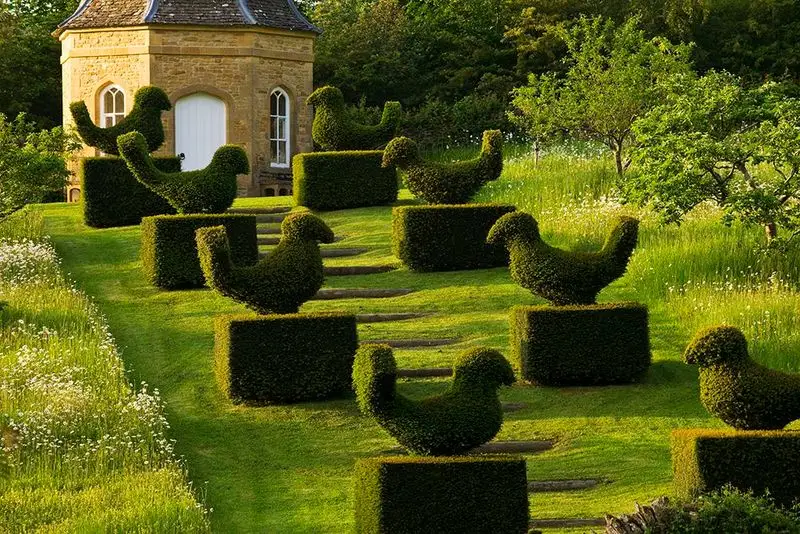
Topiary gardens, with their manicured forms, represent control over nature. However, this art can stifle the natural beauty of plants. Transitioning to a natural garden encourages plants to grow freely, revealing their innate forms. Allowing plants to flourish as they wish brings a gentle serenity to your garden.
Free-growing plants create a living tapestry, full of unpredictable beauty and life. This approach celebrates nature’s intrinsic grace, inviting butterflies and birds to visit. It’s a refreshing departure from sculpted greenery, offering a harmonious and vibrant outdoor space.
Let nature’s hand guide your garden design, not shears.
Artificial Turf Lawns
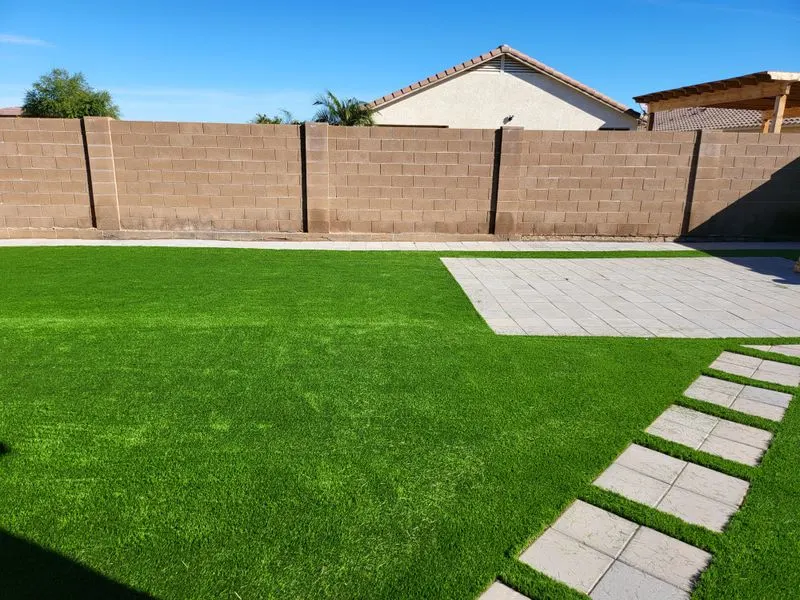
Artificial turf lawns promise year-round greenery but lack the environmental benefits of real grass. Real grass supports soil health, reduces heat, and provides a habitat for insects.
By choosing natural grass and incorporating native plants, you give back to the earth. This living alternative fosters a healthier ecosystem, improves air quality, and enhances the tactile experience of your garden.
Revel in the authentic beauty and vitality of a naturally green space, where life thrives beneath your feet. The shift from synthetic to natural is a step towards sustainability and environmental harmony.
Prioritize authenticity over convenience.
Monoculture Rose Gardens
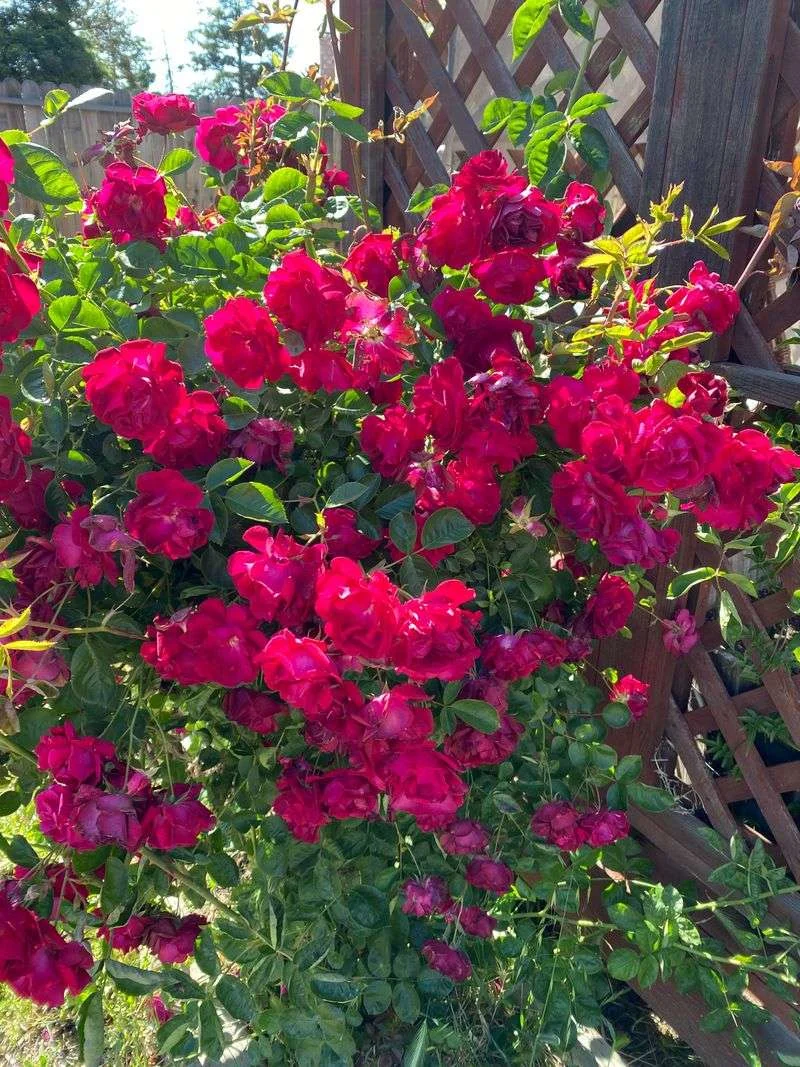
Monoculture rose gardens might be visually appealing, but they lack diversity and resilience. A single-species environment is vulnerable to pests and diseases. Embrace diversity by introducing a mix of flowers and plants.
This change not only enhances visual interest but also strengthens the garden’s ability to withstand environmental stressors. Diverse gardens attract a wider range of pollinators, creating a vibrant tapestry of life.
Emphasizing variety over uniformity leads to a more resilient and dynamic outdoor space, where every bloom tells a different story. It’s time to celebrate the richness of biodiversity in your garden.
Gravel Gardens
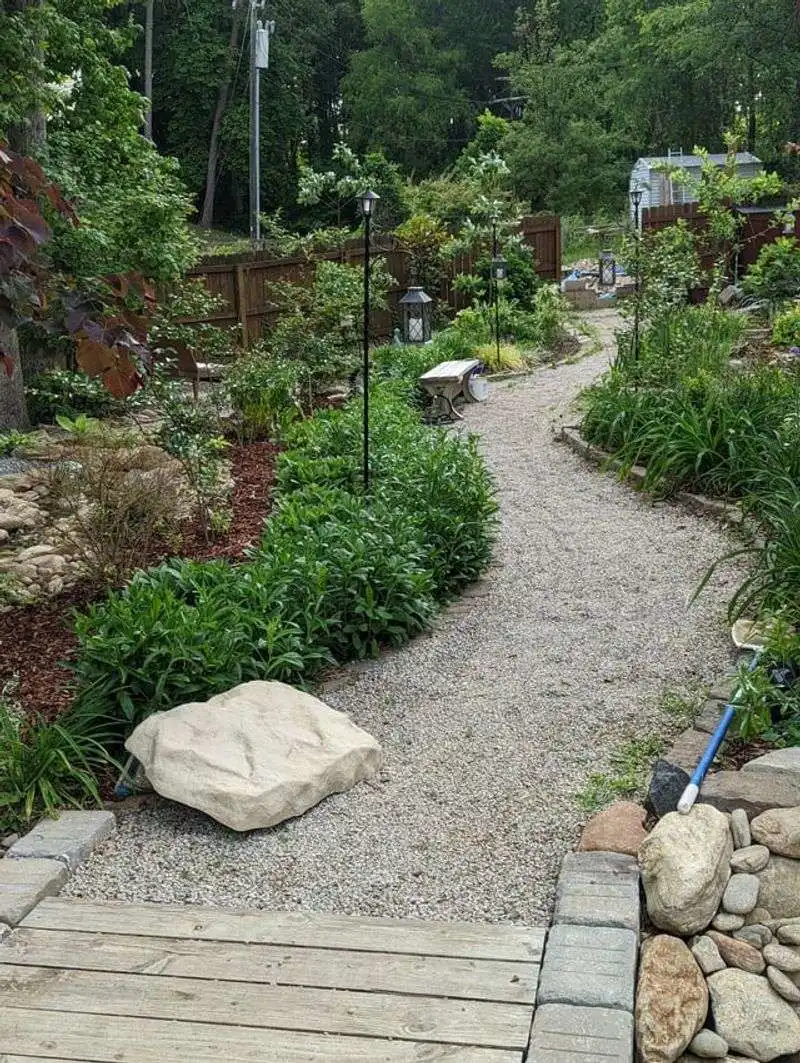
Gravel gardens present a minimalistic appeal but often compromise on plant diversity. With limited growth opportunities, they can appear stark and lifeless. Instead, opt for a botanical garden vibe, where plants of different heights and colors create a lush tapestry.
This approach encourages exploration and supports a wide range of wildlife. The vibrant mix of plants not only delights the senses but also provides essential habitats for insects and birds.
By replacing gravel with greenery, your garden transforms into a living masterpiece, offering both beauty and ecological benefits. It’s a shift towards a more nurturing environment.
Vertical Gardens with Non-Native Plants
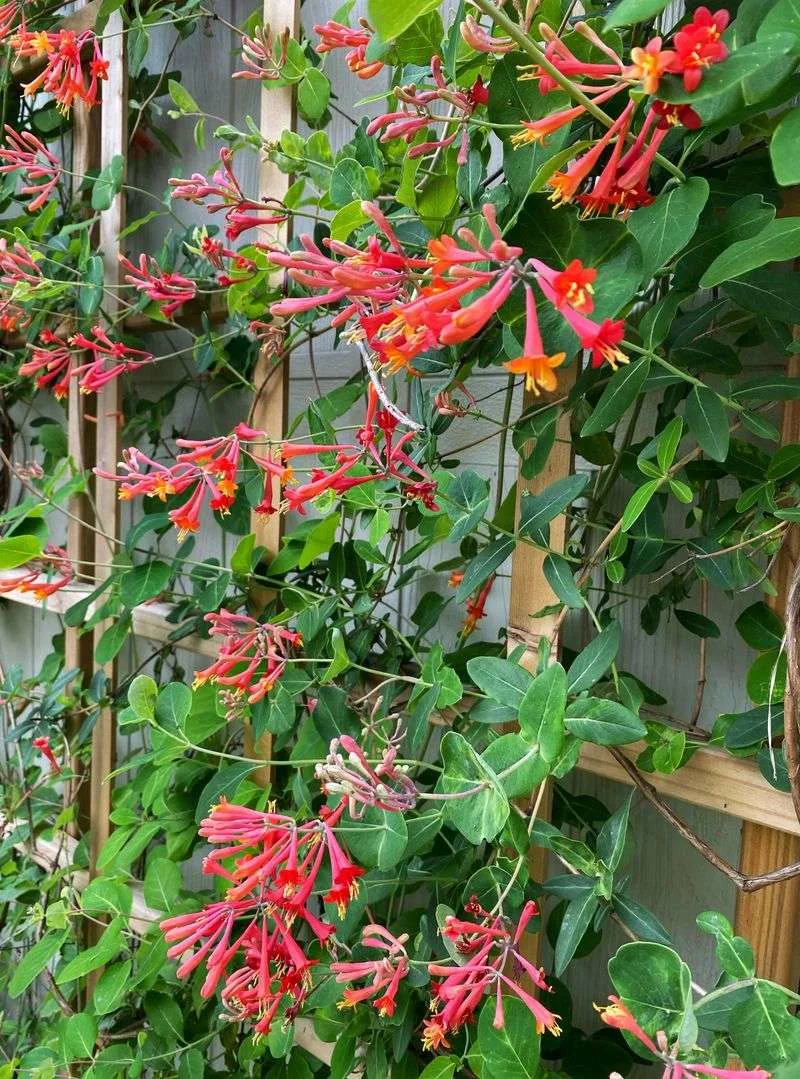
Vertical gardens offer urban dwellers a green escape, but when filled with non-native plants, they can disrupt local ecosystems. Embrace native species in vertical setups to create harmony with the surroundings.
Native plants are more resilient, requiring less maintenance and water. They attract local pollinators, strengthening the urban ecosystem. By aligning your vertical garden with the natural environment, you contribute to biodiversity.
This sustainable choice not only beautifies your space but also supports the local flora and fauna. A vertical garden that’s in tune with nature is a small change with a big impact on urban ecology.
Formal Water Features
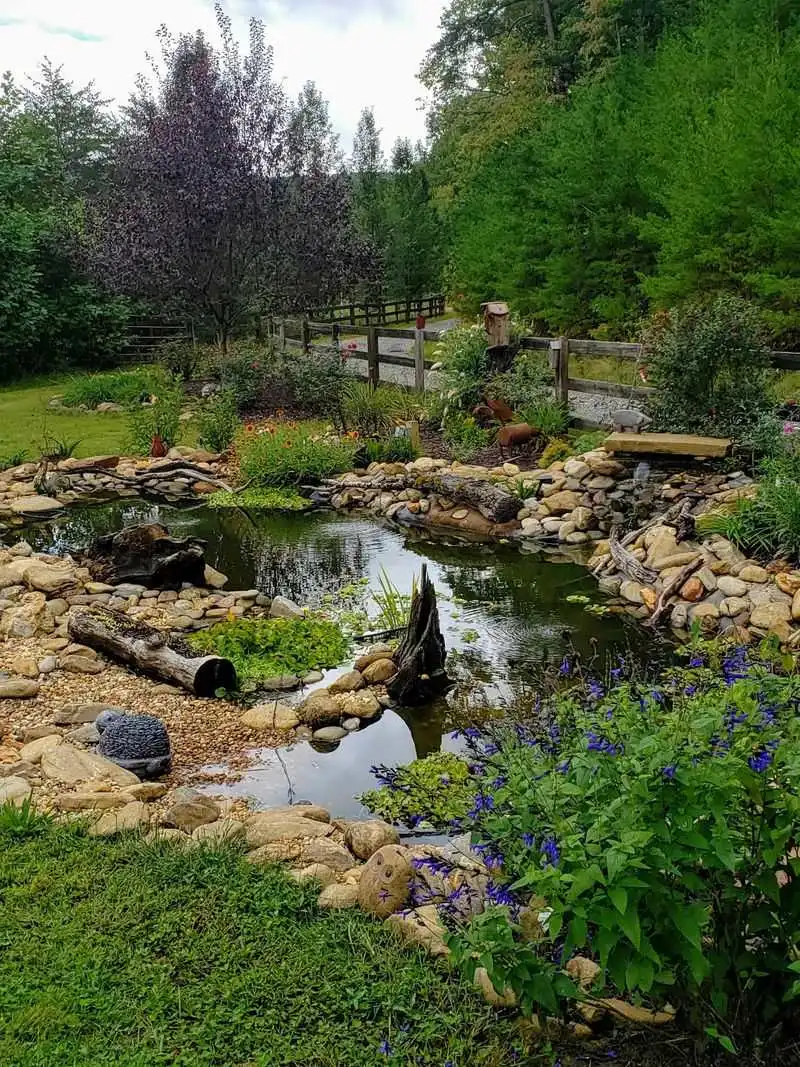
Formal water features often demand significant upkeep and can lack ecological function. Transitioning to natural ponds embraces the beauty of aquatic ecosystems. Filled with aquatic plants and gentle stones, these ponds support local wildlife and create a tranquil retreat.
Natural water features invite frogs, dragonflies, and birds, enhancing the garden’s biodiversity. This shift from ornate fountains to serene ponds reflects a desire for genuine interaction with nature.
The soothing sounds and sights of a natural pond provide relaxation and a deeper connection with the environment. Embrace the subtle elegance of nature’s own design in your garden.
Exotic Ornamentals
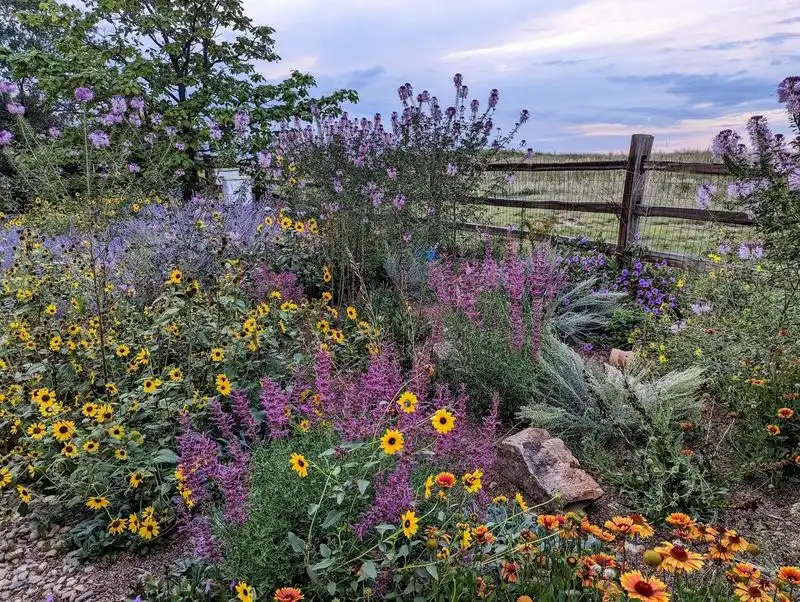
Exotic ornamentals may catch the eye, but they often require extensive resources to maintain and can threaten local ecosystems. Instead, cultivate a garden filled with native wildflowers and plants.
Native species are adapted to the local climate and soil, reducing the need for fertilizers and water. They support local wildlife, promoting a balanced and thriving ecosystem.
By prioritizing native plants, your garden becomes a haven for pollinators like bees and butterflies, while celebrating the natural beauty of the region. This approach fosters sustainability and ecological harmony.
Mowed Lawns with Ornamental Edges

Traditional mowed lawns with ornamental edges offer neatness but at a cost to biodiversity and sustainability. Transition to a meadow-like garden, embracing natural grasses and wildflowers.
This approach reduces water usage and chemical inputs, while promoting an environment where insects and birds can thrive. The soft sway of grasses and vibrant blooms create a dynamic visual experience.
Transforming a flat lawn into a lively meadow reflects a commitment to eco-friendly gardening practices. It’s a celebration of the untamed beauty that nature can offer, providing a lush habitat for various forms of life.
Concrete Patios
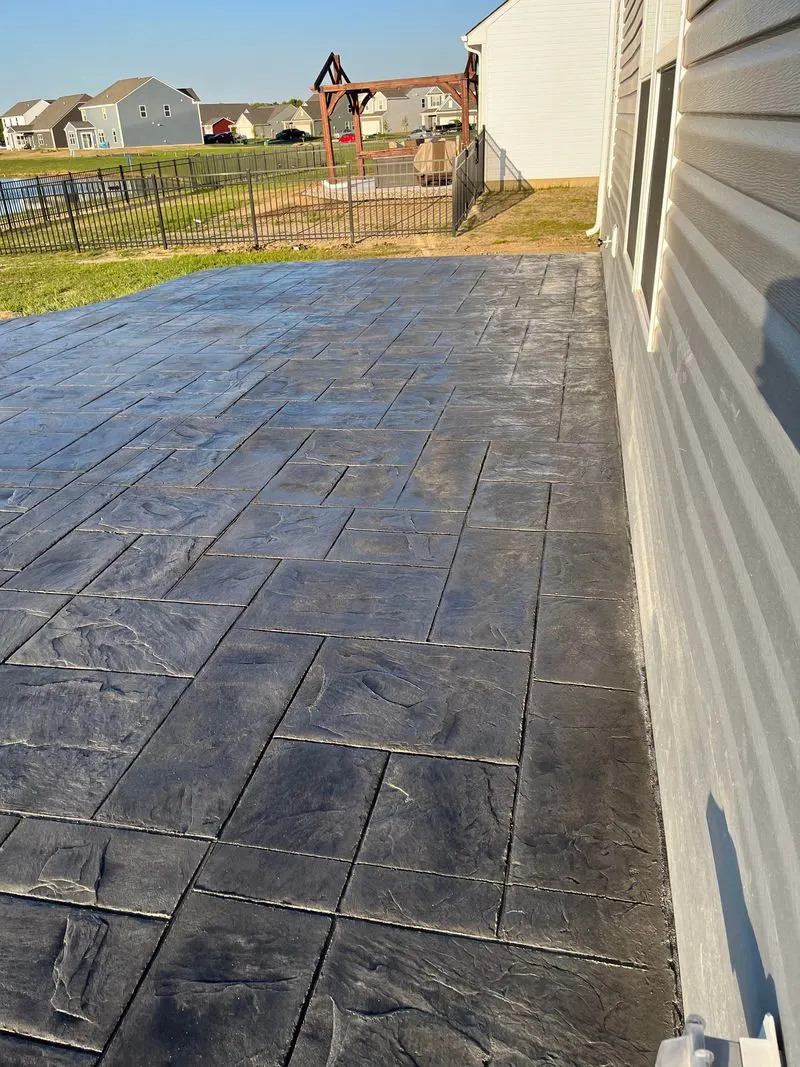
Concrete patios are durable but contribute to the urban heat island effect and offer minimal ecological value. Consider a patio made from reclaimed wood, surrounded by lush plants.
This natural approach reduces heat absorption and creates a more inviting outdoor space. The warmth of wood complements the greenery, offering a serene retreat from the bustling city.
By choosing sustainable materials and integrating vegetation, your patio becomes a harmonious part of the natural surroundings. It’s an inviting space that encourages relaxation while supporting environmental responsibility.
Yard Art Installations

Yard art installations can overshadow the natural beauty of a garden. Opt for subtle natural features that complement the landscape instead.
Focus on elements like smooth stones, delicate plants, or a gentle water feature. These additions enhance the garden’s tranquility and encourage visitors to connect with the natural surroundings.
By trading bold artifacts for nature-inspired details, your garden becomes a space of reflection and peace. The emphasis shifts to the delicate interplay between manmade elements and organic growth.
High-Maintenance Flower Beds
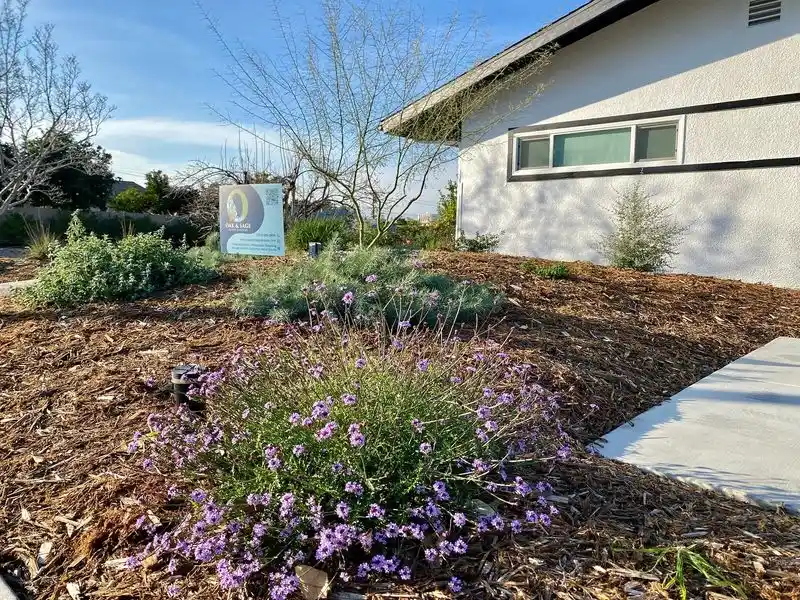
High-maintenance flower beds demand constant attention and resources. Transition to a garden filled with low-maintenance native plants.
This choice frees up time and reduces the need for fertilizers and intense watering, while supporting local wildlife. Native plants are well-suited to thrive with minimal intervention.
Enjoy a garden that offers beauty without the constant labor, where nature’s rhythms dictate growth. This sustainable approach enriches the garden’s ecosystem and allows for a more relaxed interaction with your outdoor space.
Symmetrical Gardens
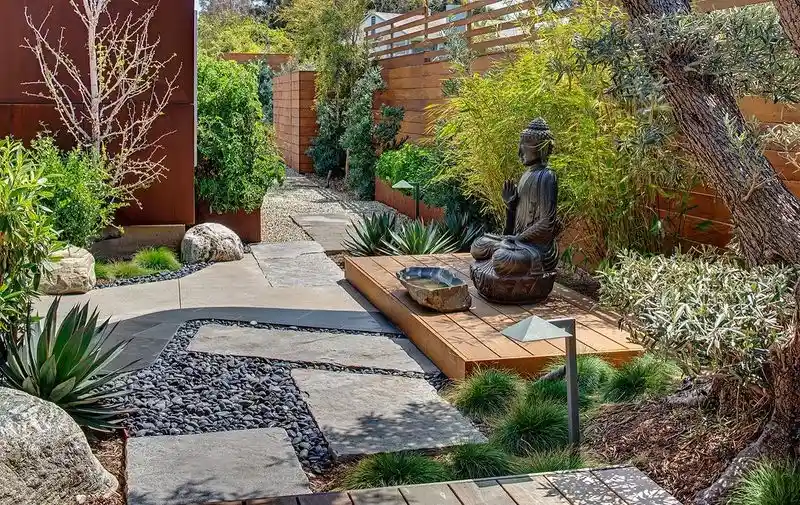
Symmetrical gardens are pleasing to the eye but can feel rigid and uninspired. Embrace asymmetry for a more dynamic and engaging garden experience.
Asymmetrical designs allow for creative expression, with varied plantings and winding paths that lead to unexpected discoveries. The garden becomes an adventure, encouraging exploration and enjoyment.
This shift from symmetry to asymmetry adds depth and interest, reflecting the unpredictable beauty of nature. It’s an invitation to wander and wonder, where every turn reveals new delights.
Traditional Annual Flower Beds
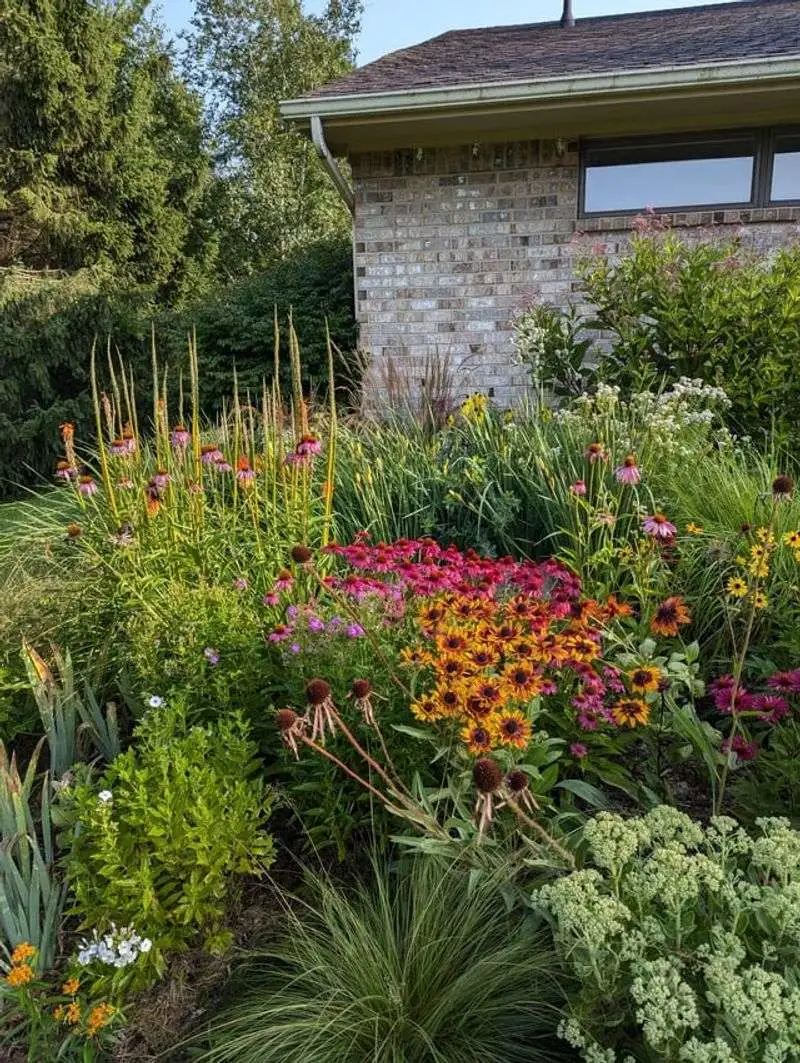
Traditional annual flower beds, often characterized by their short-lived, high-maintenance blooms, are becoming a thing of the past. These gardens require constant replanting and excessive water use, making them unsustainable. Instead, consider embracing native perennials. These plants adapt to local climates, support pollinators, and reduce maintenance needs.
Perennials like coneflowers or black-eyed Susans add lasting beauty and resilience to your garden, returning year after year. Their deep roots help with soil health, and their natural growth cycles align with the environment. By choosing perennials, you create a harmonious, vibrant space that thrives with minimal effort.
Did you know? Native perennials often attract more wildlife, providing essential habitats and food sources for local fauna.

